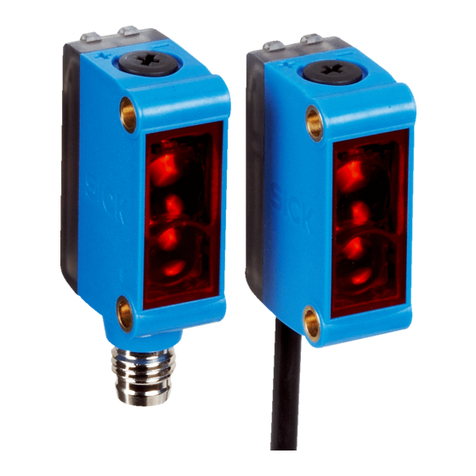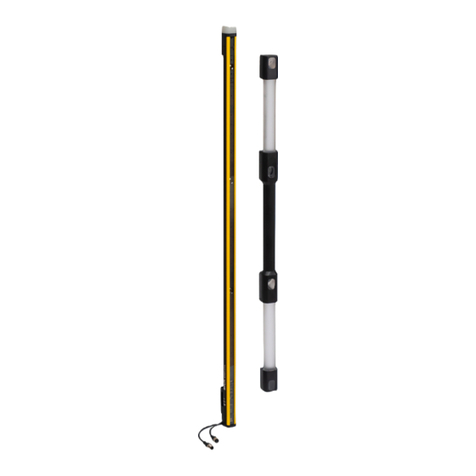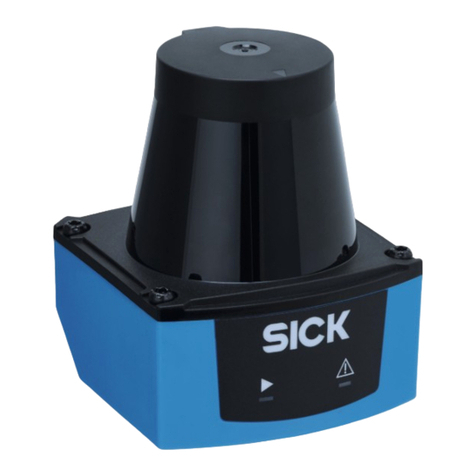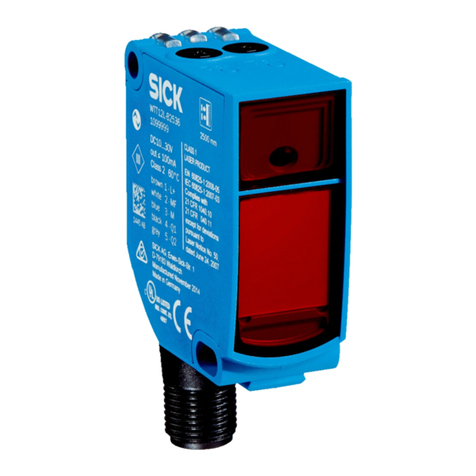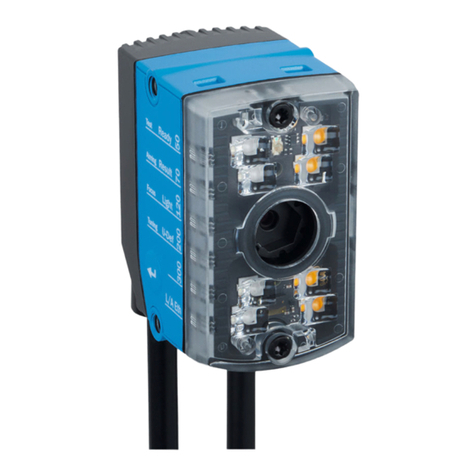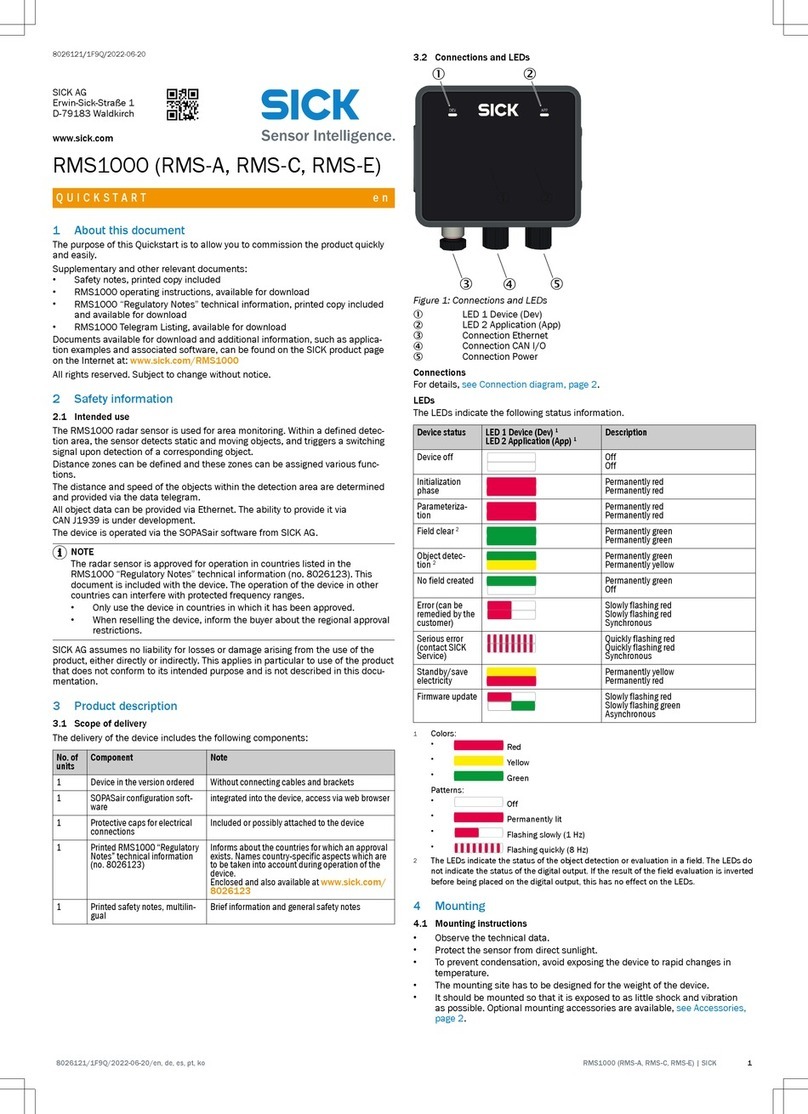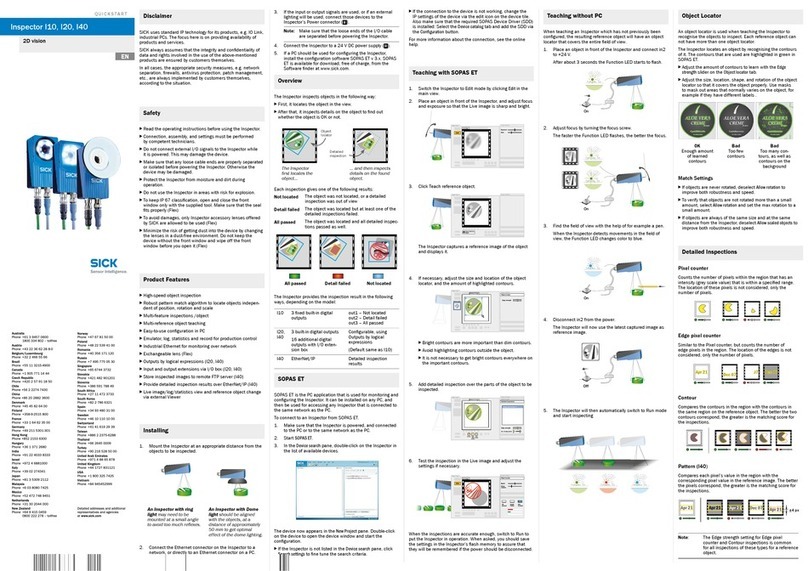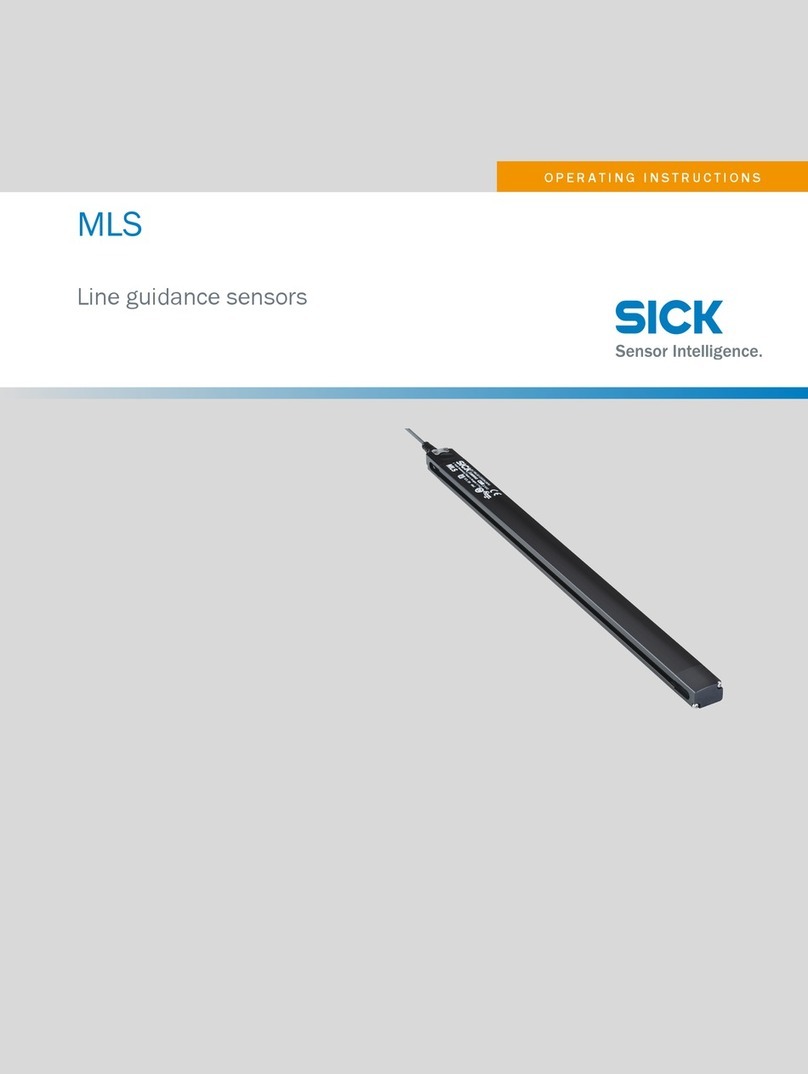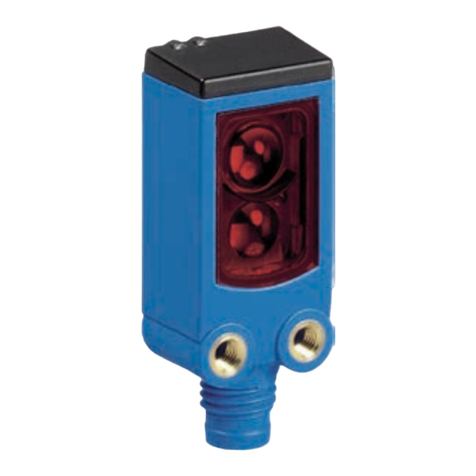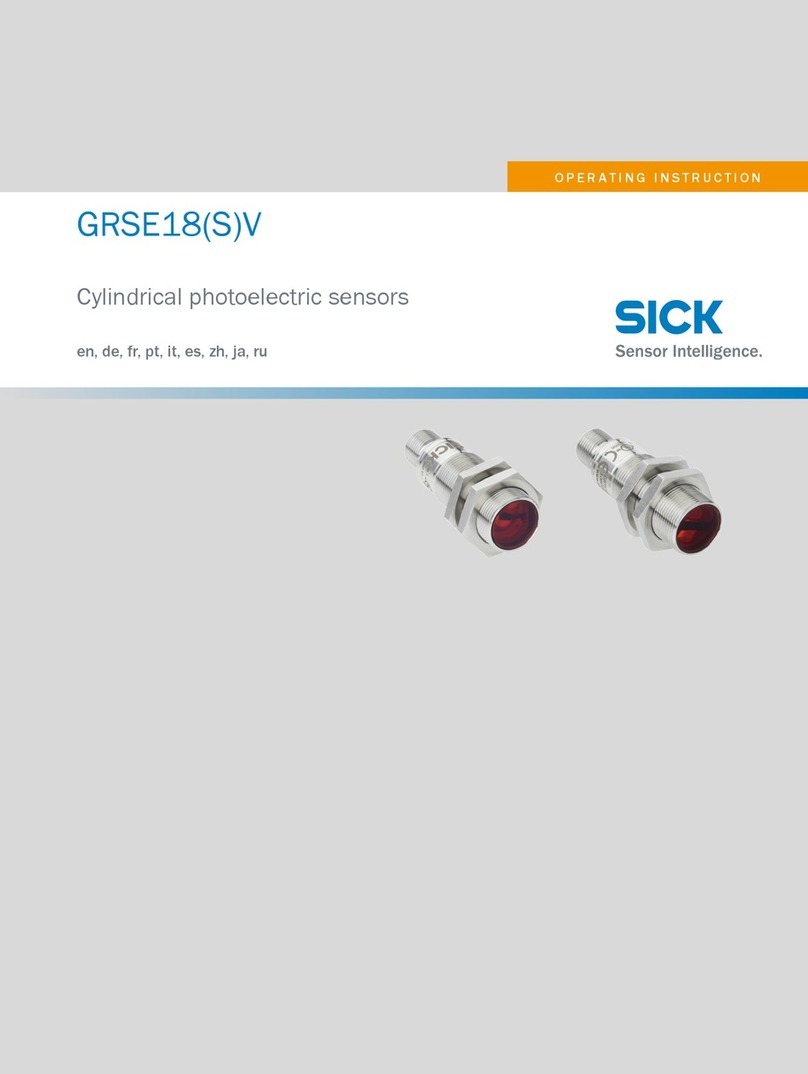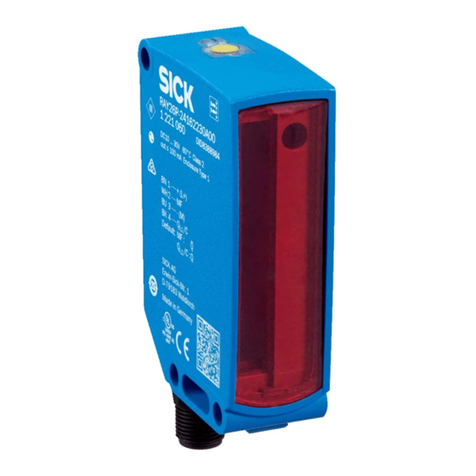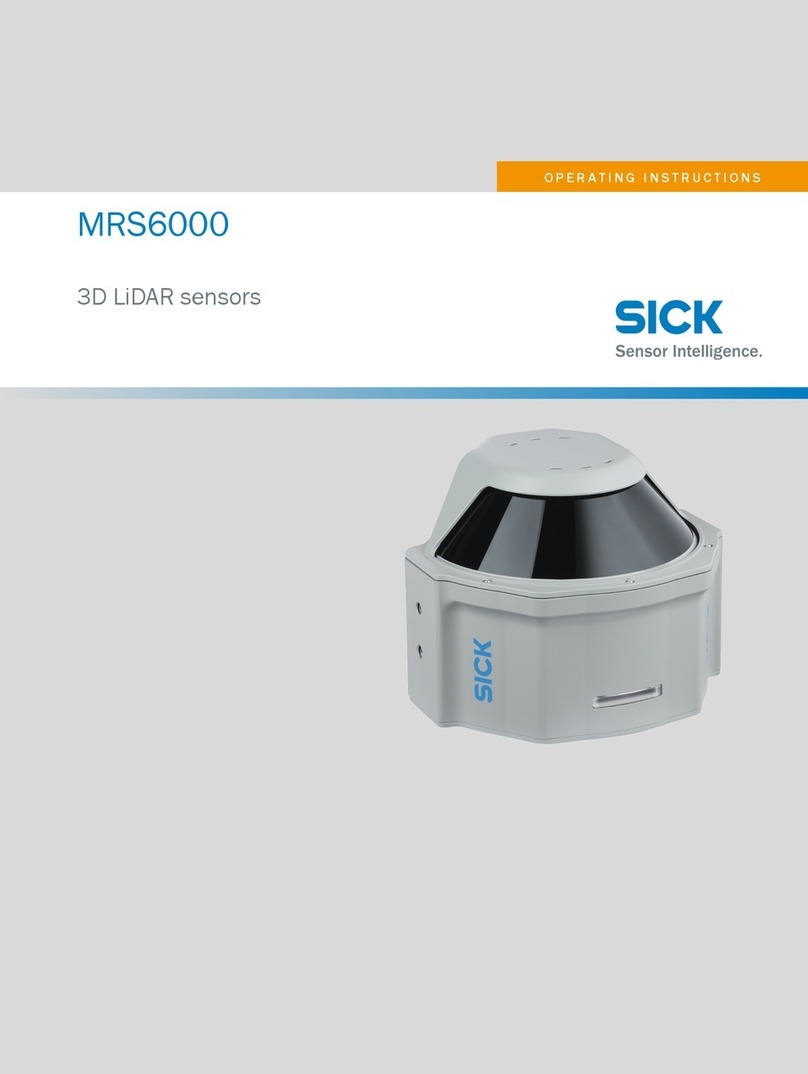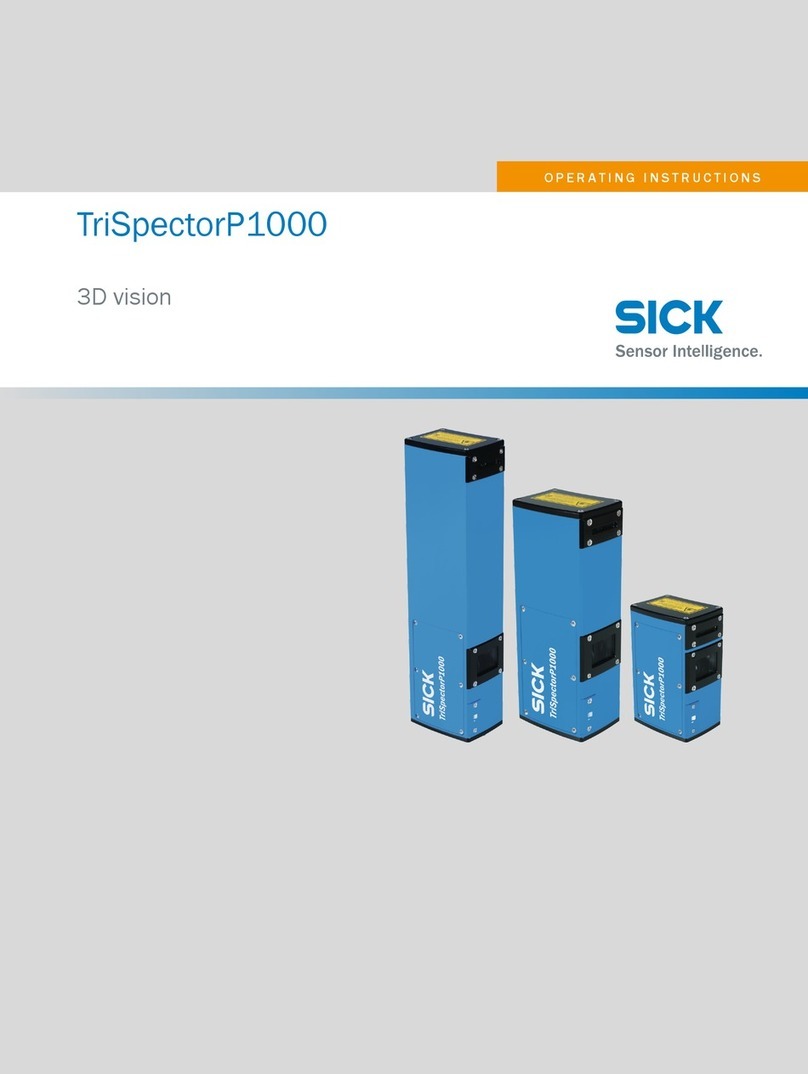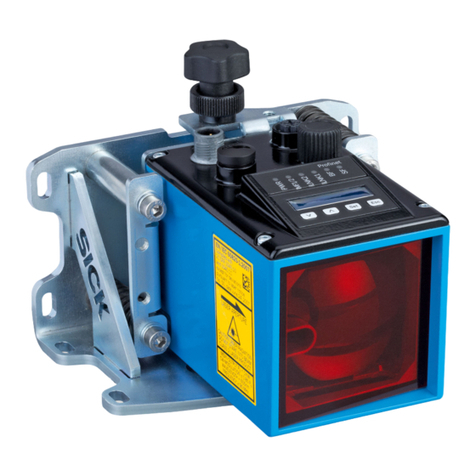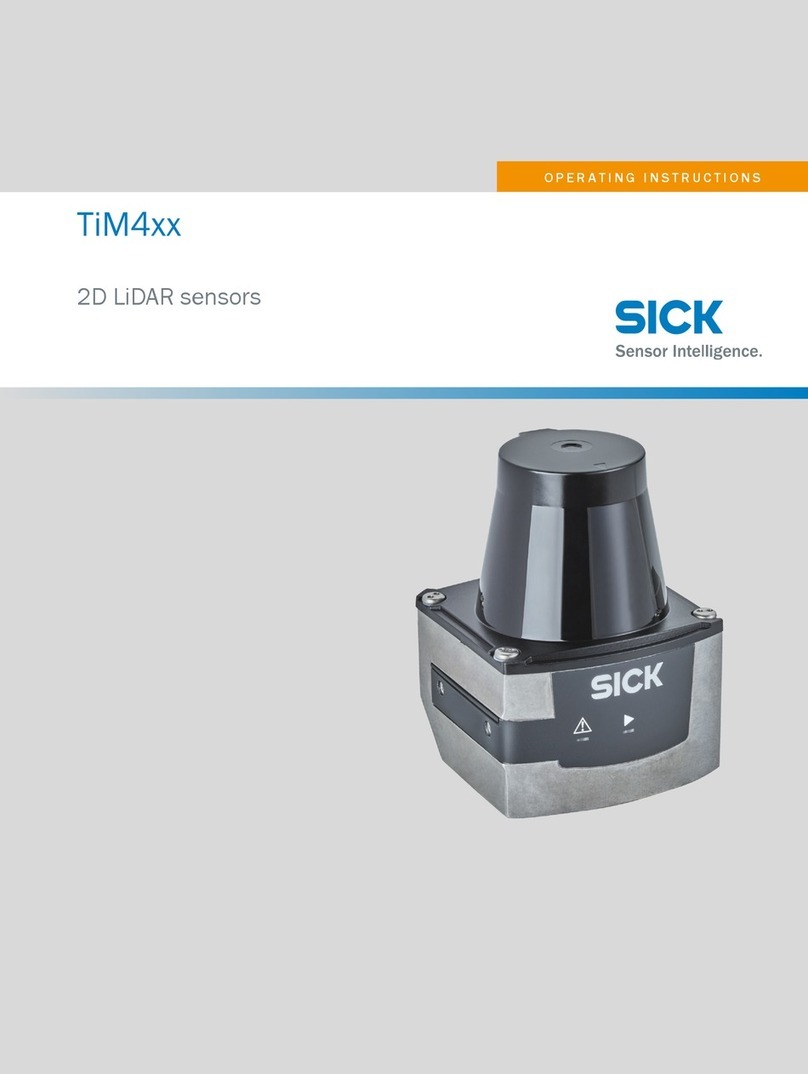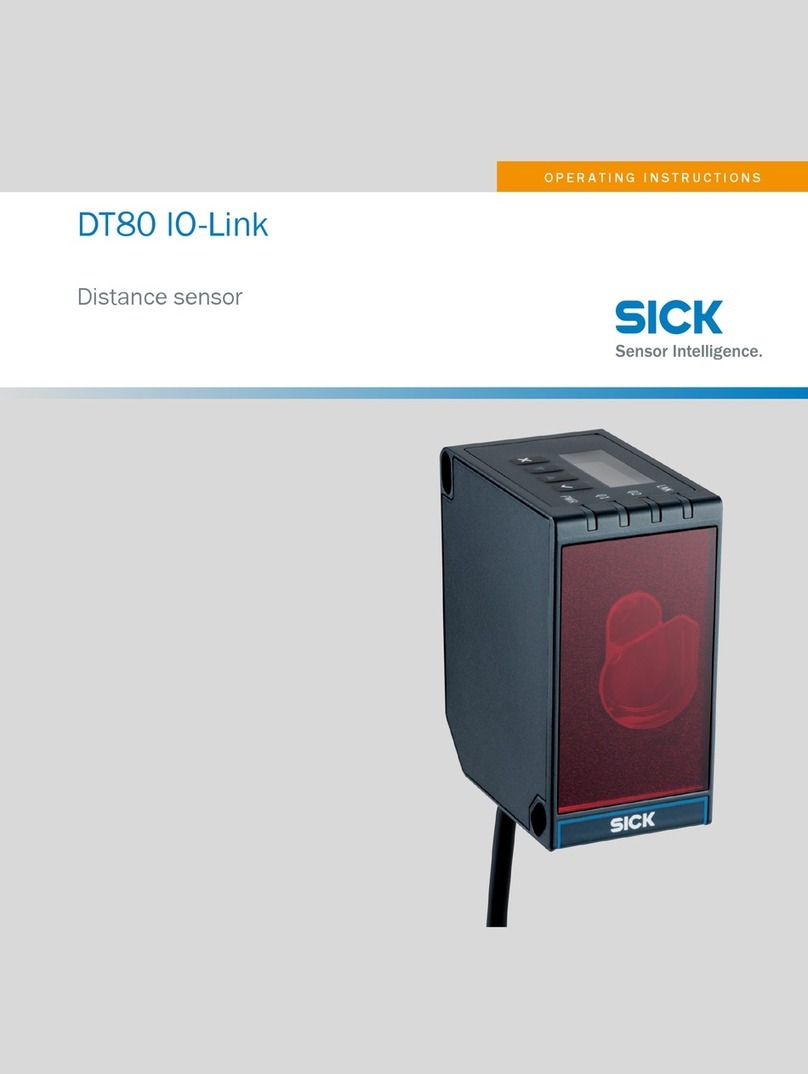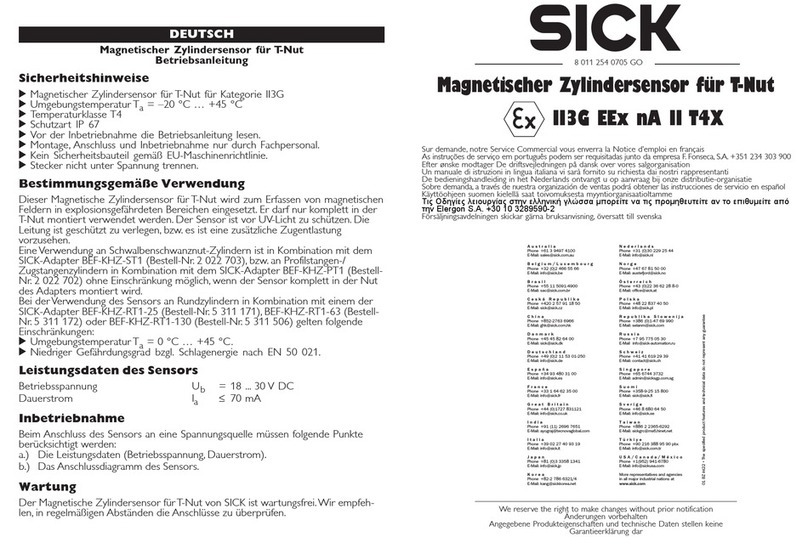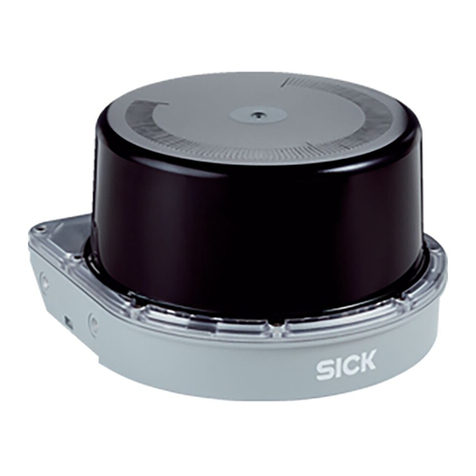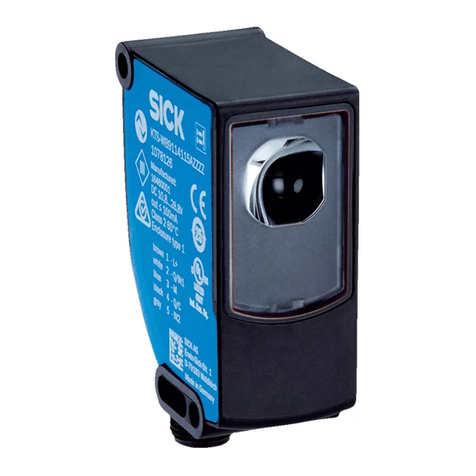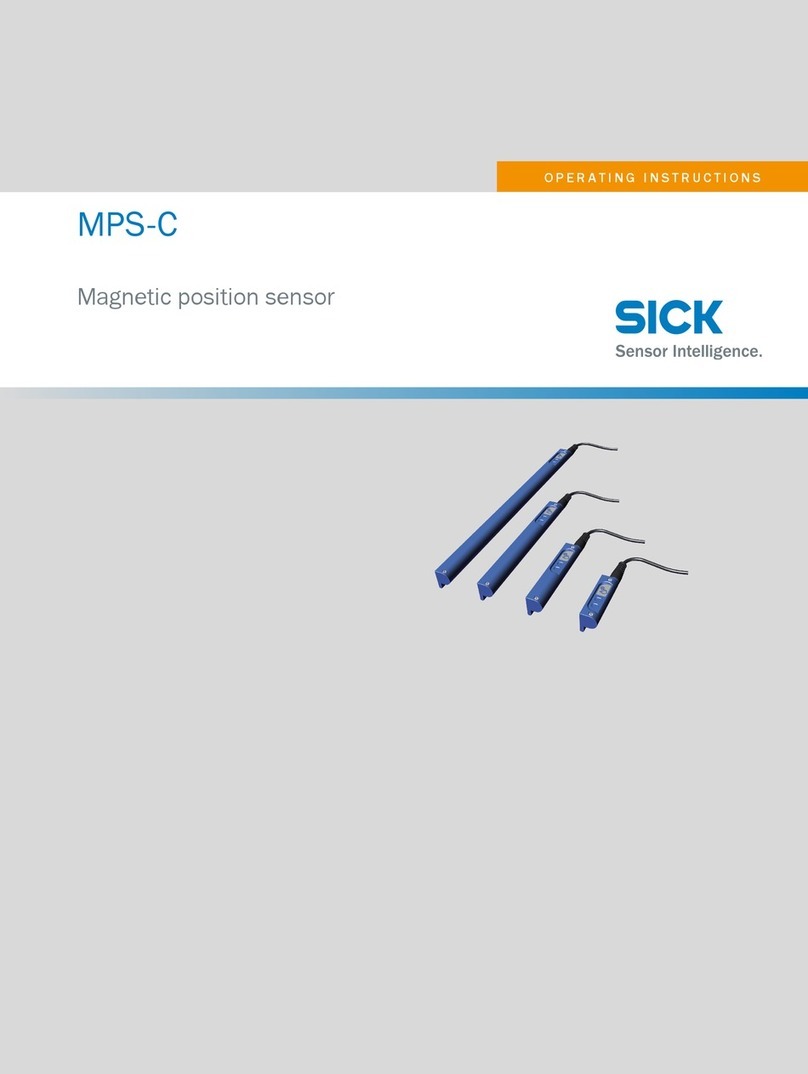
Contents
1 About this document........................................................................ 5
1.1 Information on the operating instructions.............................................. 5
1.2 Explanation of symbols............................................................................ 5
2 Safety information............................................................................ 6
2.1 Intended use............................................................................................. 6
2.2 Improper use............................................................................................. 6
2.3 Limitation of liability................................................................................. 7
2.4 Modifications and conversions................................................................ 7
2.5 Requirements for skilled persons and operating personnel.................. 7
2.6 Operational safety and particular hazards.............................................. 8
3 Product description........................................................................... 10
3.1 Scope of delivery....................................................................................... 10
3.2 Status indicators....................................................................................... 10
4 Transport and storage....................................................................... 12
4.1 Transport................................................................................................... 12
4.2 Unpacking.................................................................................................. 12
4.3 Transport inspection................................................................................. 12
4.4 Storage...................................................................................................... 12
5 Mounting............................................................................................. 14
5.1 Mounting instructions............................................................................... 14
6 Electrical installation........................................................................ 15
6.1 Wiring instructions.................................................................................... 15
6.2 Connection diagram................................................................................. 15
6.3 Connection options................................................................................... 16
6.4 Connecting the device electrically........................................................... 17
7 Operation............................................................................................ 18
7.1 General advice.......................................................................................... 18
7.2 Switching on / Switching off..................................................................... 18
7.3 Operation via SOPAS ET........................................................................... 18
8 Maintenance...................................................................................... 23
8.1 Maintenance plan..................................................................................... 23
9 Troubleshooting................................................................................. 24
9.1 General faults, warnings, and errors....................................................... 24
9.2 Repairs...................................................................................................... 24
9.3 Returns...................................................................................................... 24
9.4 Disposal..................................................................................................... 25
CONTENTS
8021530/19JS/2021-02-09 | SICK O P E R A T I N G I N S T R U C T I O N S | RMS3xx 3
Subject to change without notice
